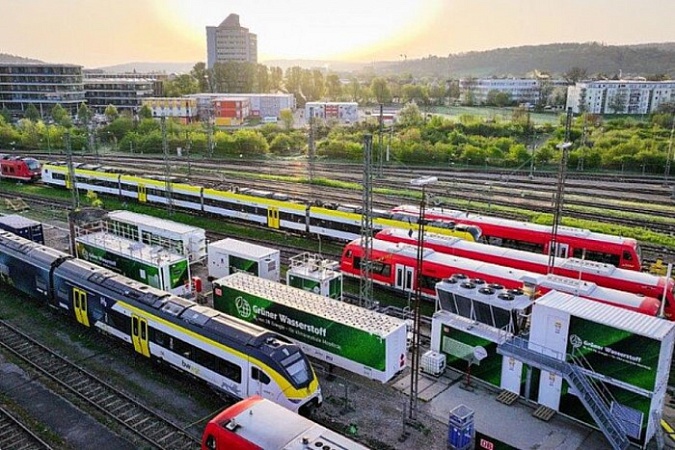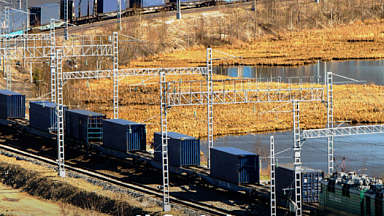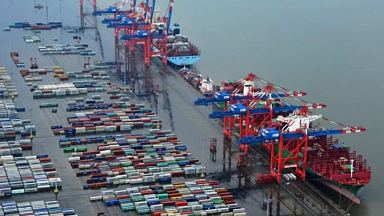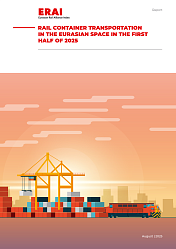According to documents for the company’s Supervisory Board, around €80 billion will be needed by 2034 to upgrade existing infrastructure, rebuild key transport corridors and digitalize. However, if new construction and accelerated digitalization are taken into account, the costs could rise to €150 billion.
These investments could be partly financed by a special infrastructure fund, which was previously discussed in negotiations between the CDU/CSU and the SDP and is estimated at €500 billion. However, the question remains as to how much money will be allocated directly to the rail sector. Experts emphasize the need to prioritize: first the modernization of the existing network and stations, then the introduction of digital control technologies and then the expansion of infrastructure.
Germany’s rail network has long been underfunded, which leads to frequent train delays. Deutsche Bahn has launched a major redevelopment programme, including upgrading more than 40 busy routes. However, following the collapse of Germany’s government coalition, further funding remains uncertain, putting long-term projects at risk.
Source: https://cfts.org.ua/





